Save 3,000 Years of Royal Art
Karuppur Kalamkari, the ancient hand-painted textile art that once adorned royal palaces, is down to its last master artisan. This is our final chance to rescue a priceless cultural treasure.
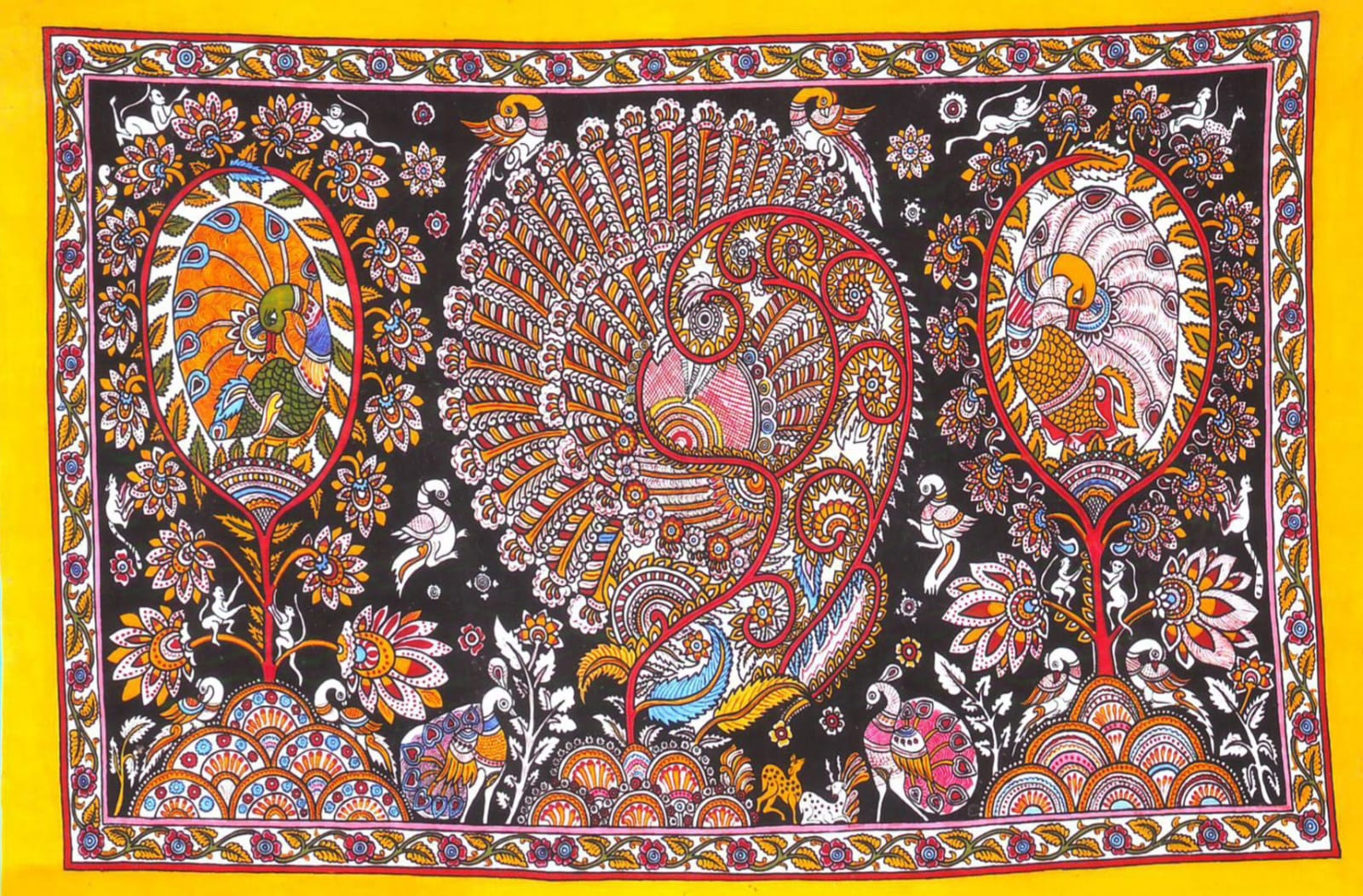
The Hidden Treasure at Risk
A 3,000-year-old artistic heritage survives through one master artisan
Deep in Tamil Nadu lies an artistic treasure on the brink of extinction. Karuppur Kalamkari, once the royal art that adorned palaces and temple walls, today survives through the dedication of a single master artisan.
This exquisite hand-painted fabric art, created using traditional natural dyes and time-honored techniques, represents not just artistic heritage but the living soul of our cultural identity. Without immediate intervention, we face losing this irreplaceable link to our past.
About Karuppur Kalamkari
Royal textile art created with natural dyes and ancient techniques
Traditional Craftsmanship
Each piece undergoes a meticulous 23-step process of coloring, starching, washing, and drying. Artists create detailed sketches, trace them onto pre-starched cloth, and paint with bamboo brushes using natural dyes from minerals and plant sources.
Royal Heritage
Born in Tamil Nadu's Karuppur village with roots in the Chola courts, this art form flourished under Thanjavur's royal patronage. It adorned palaces and temples, telling stories from ancient epics through intricate hand-painted designs.
Natural Process
Colors come entirely from natural sources - minerals, plant roots, bark, leaves, and stems. This slow, gentle process preserves the fabric while creating rich, lasting colors that have remained vibrant for centuries.
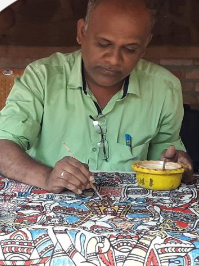
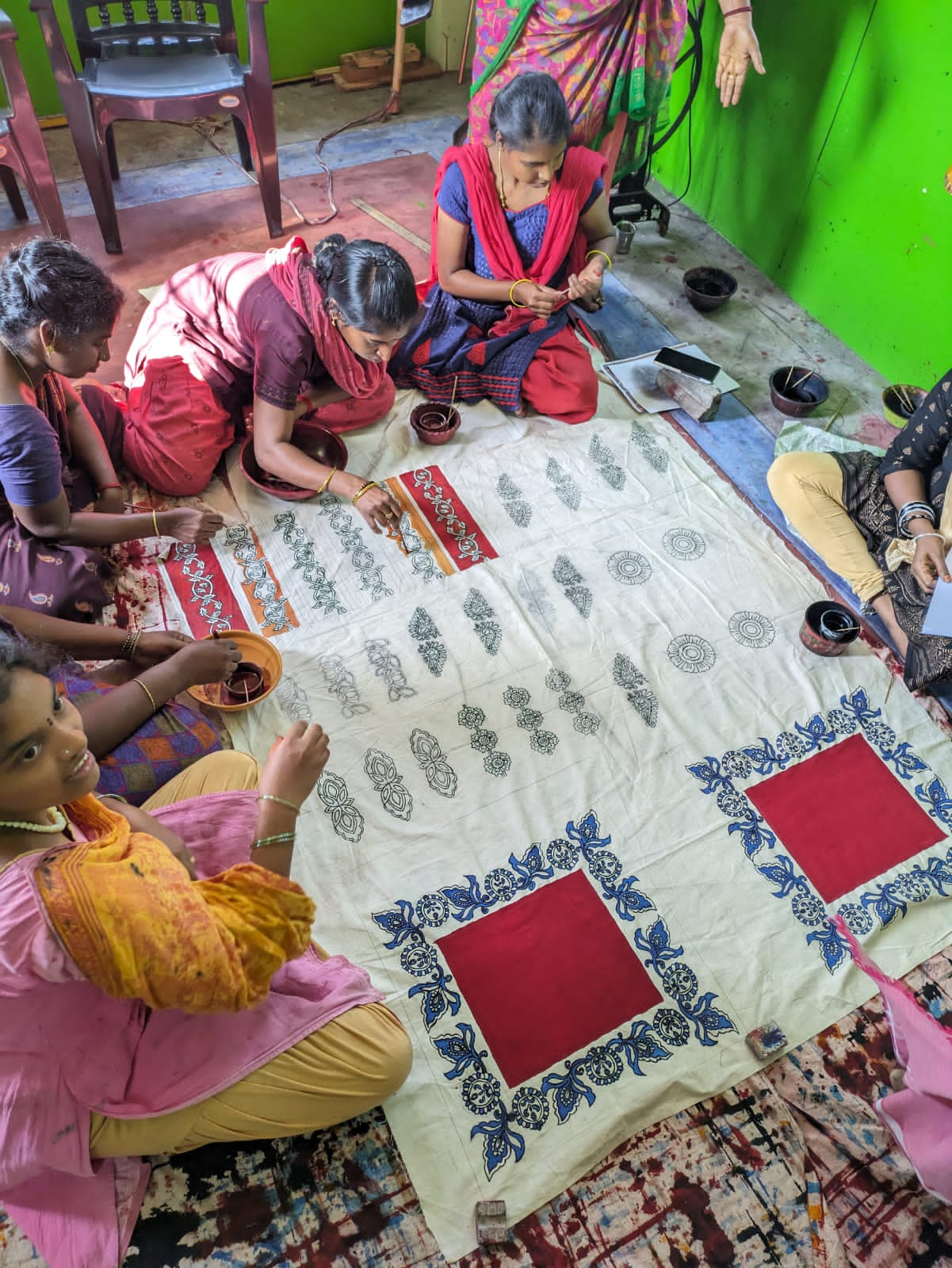
8-Step Recovery Plan
From Extinction to Revival - Our Strategic Roadmap
Emergency Rescue
Secure government orders for temple decorations through Tamil Nadu Ministry - saves art from immediate extinction
Rebrand for Success
Rename to "Thanjavur Royal Fabric Art" - tourists already spend millions on Thanjavur products
Train More Artists
Expand from 1 master artisan to 20+ trained practitioners - creates jobs while preserving knowledge
Festival Launch
Debut at Sadhaya Thiruvizha festival with affordable art - reaches thousands annually
Tourist Integration
Add to official Thanjavur tourism - captures 100,000+ yearly visitors
Affordable Products
Create wall art and home décor under $50 - makes royal art accessible to all
Global Market Entry
Partner with US galleries starting with Firehouse Arts Center - access international collectors
Sustainable Future
Self-sustaining model: government + tourism + exports = permanent survival
The Master Artist
Meet the guardian of 3,000 years of artistic tradition
Preserving Ancient Knowledge
Our master artisan has devoted his life to securing government recognition through the GI (Geographical Indication) tag and training impoverished communities in this ancient craft. His tireless efforts have kept this 3,000-year tradition alive.
Through his dedication, Karuppur Kalamkari received official recognition in 2021, but the art form still needs immediate support to survive and thrive for future generations.
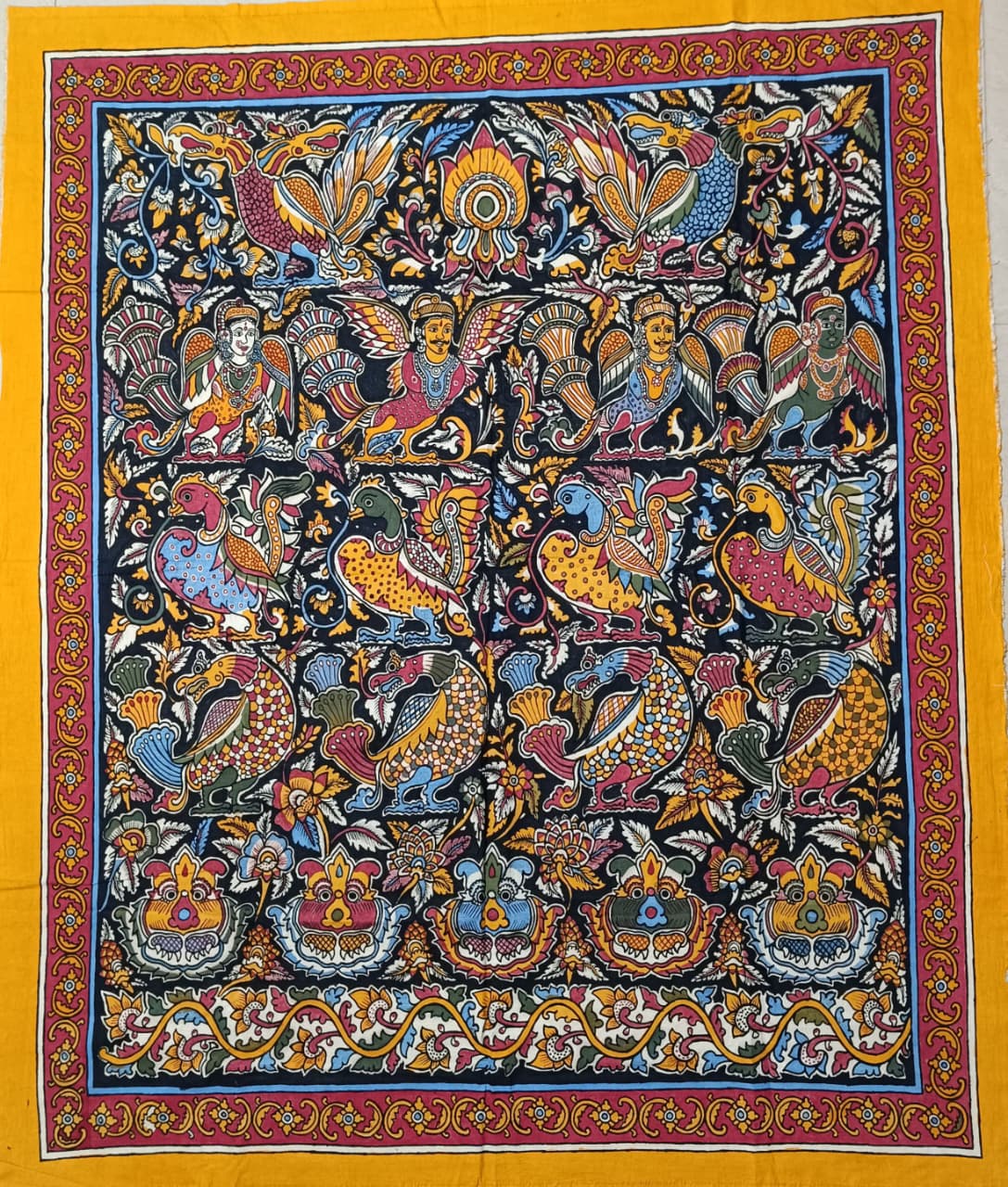
Art Gallery
Witness the beauty of 3,000-year-old royal textile art
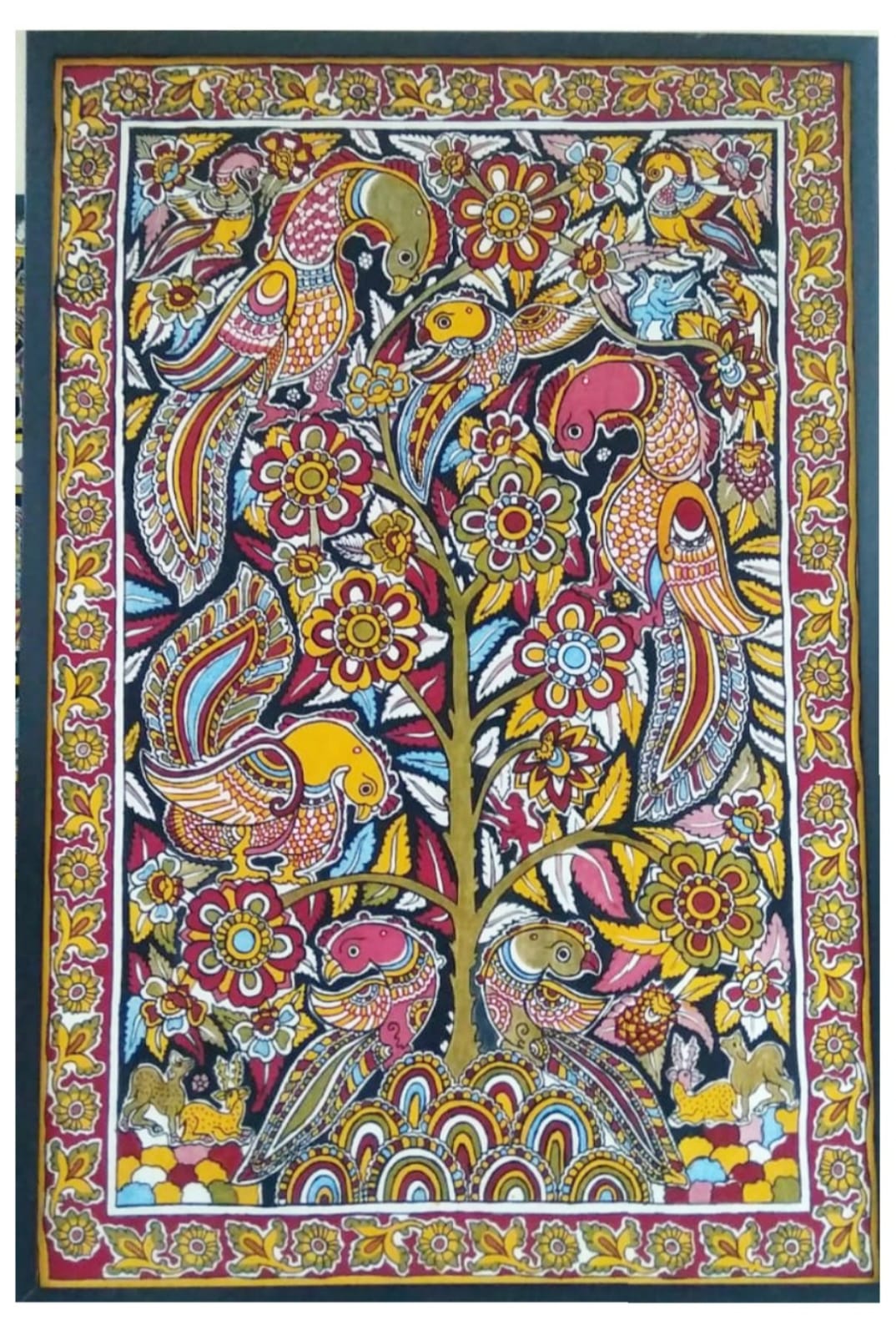
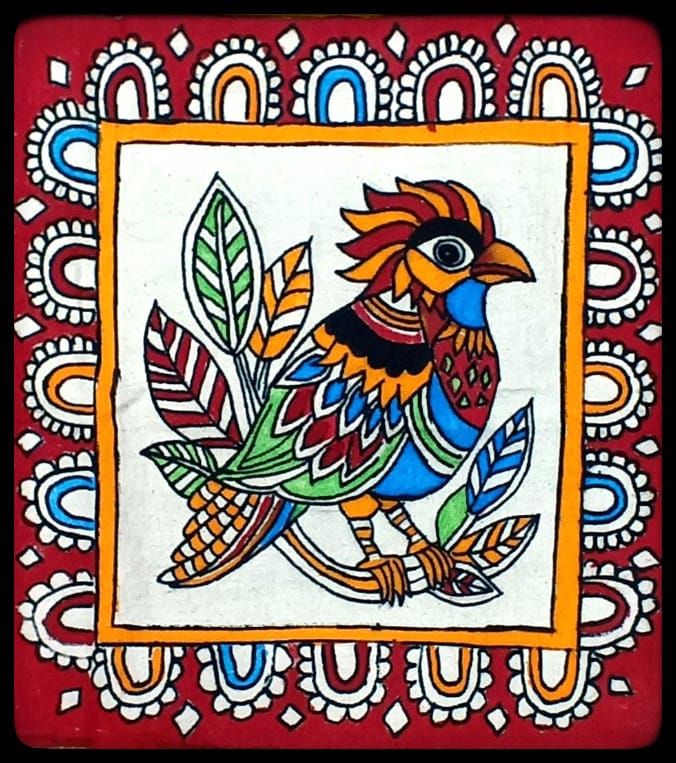
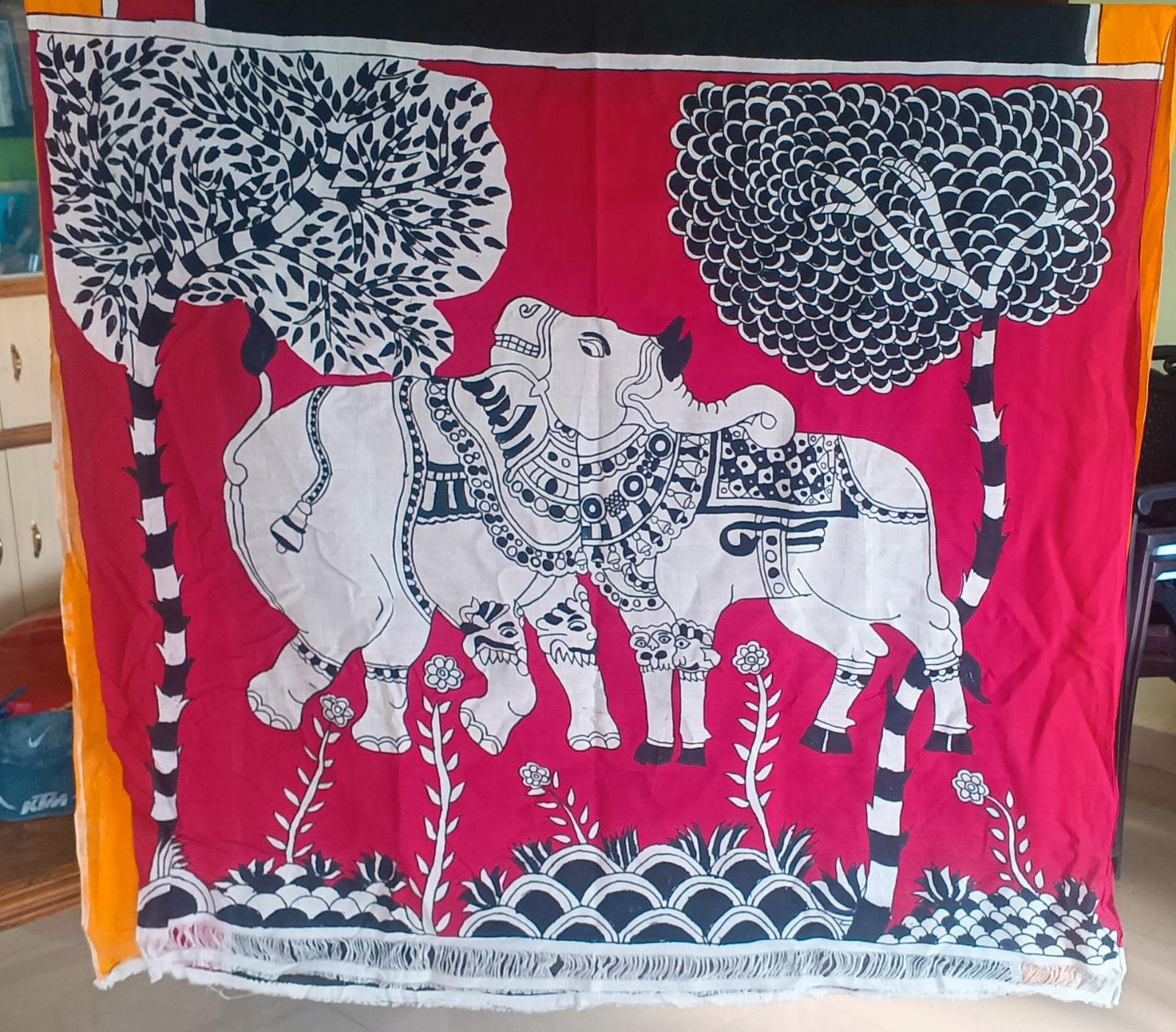

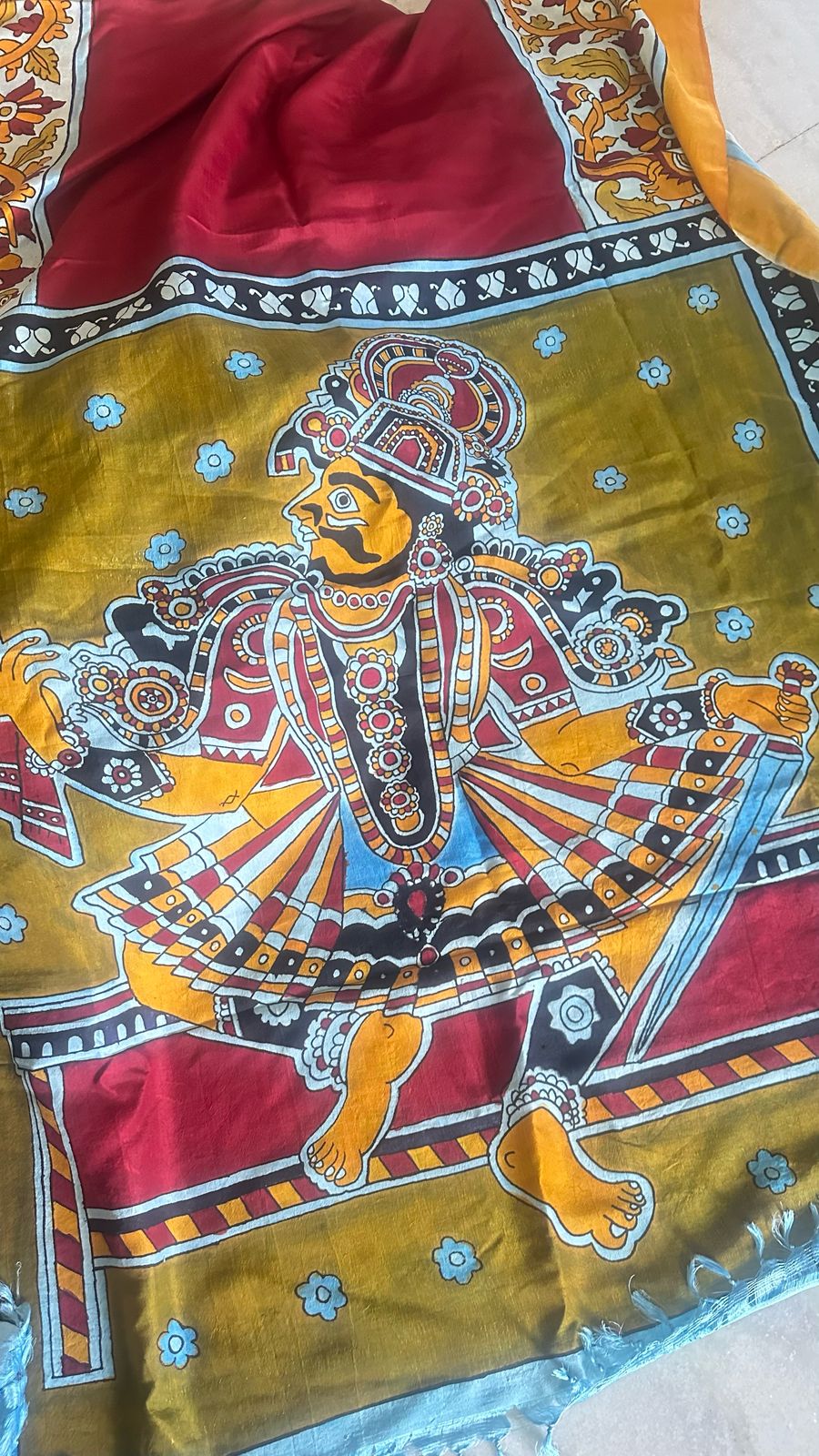
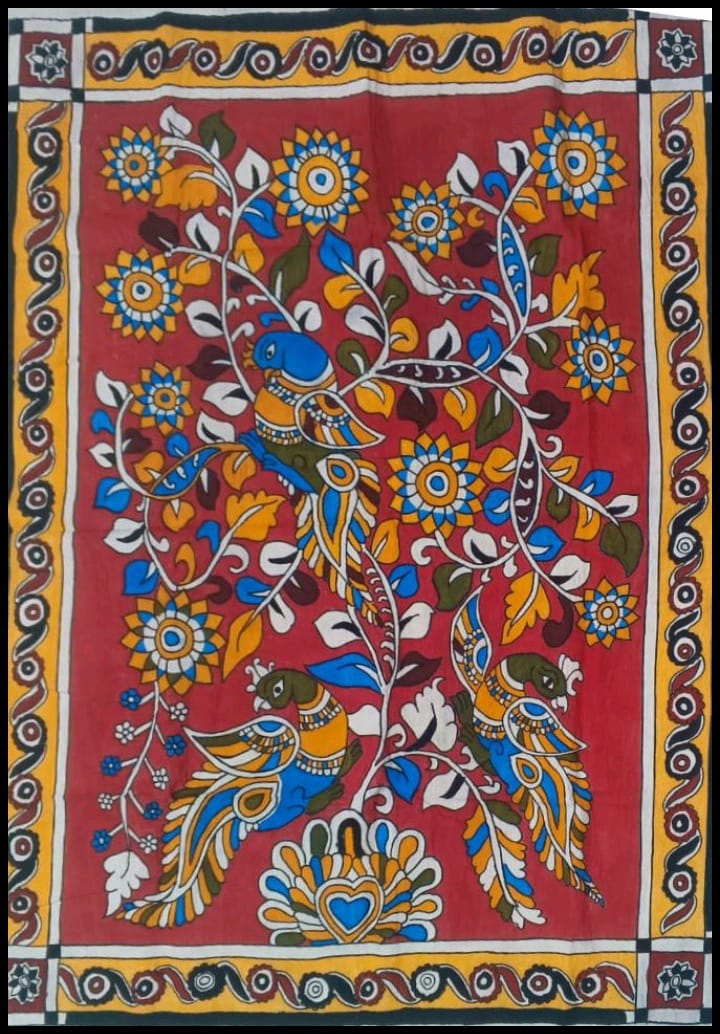
Join the Heritage Rescue Mission
Every action counts in saving this 3,000-year-old treasure
Purchase Authentic Art
Buy directly from the master artisan to support the craft and ensure its continuation.
Shop NowFollow the Journey
Stay updated on our progress and see new artworks being created.
Follow InstagramGet Involved
For partnerships, media inquiries, or to learn more about supporting this heritage rescue mission:
Email: dheeksha.bas@gmail.com